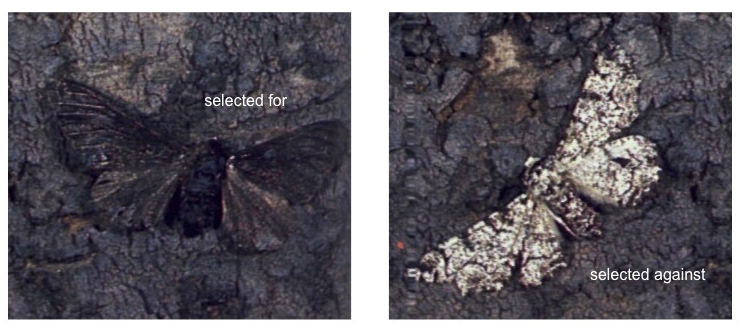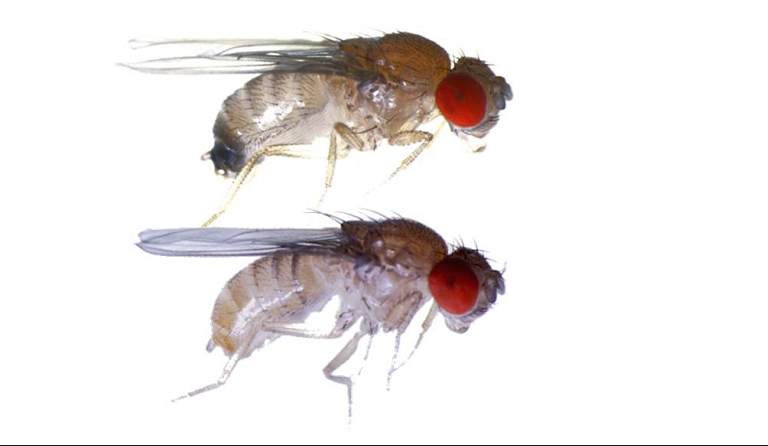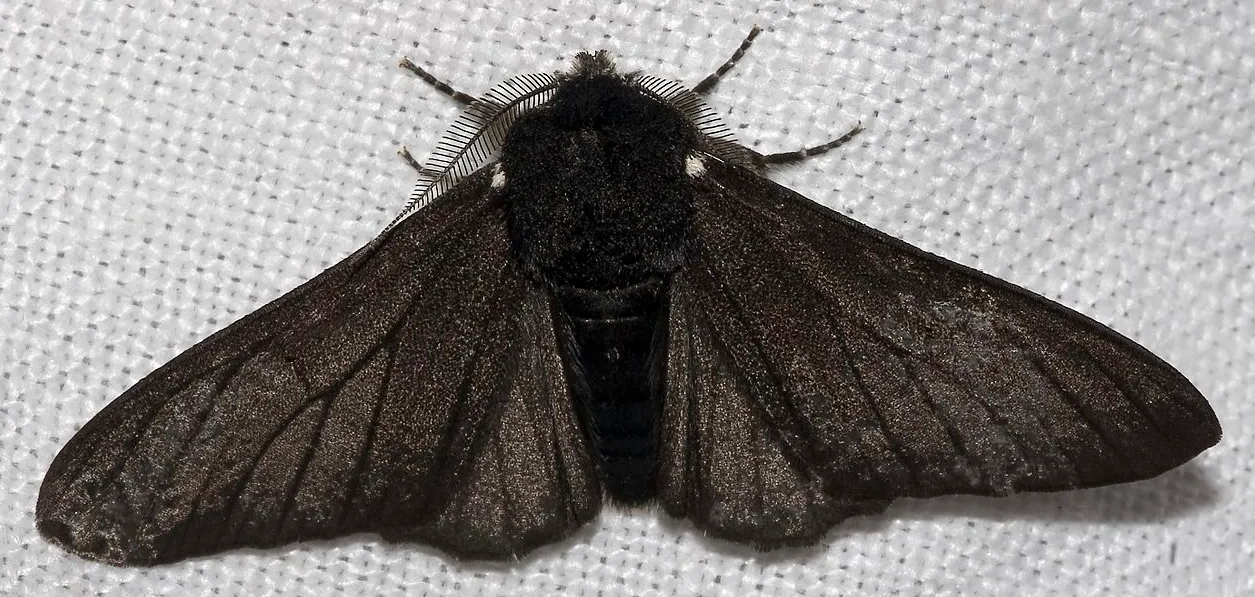Genetic polymorphism represents the coexistence of two or more distinct forms within the same population. These variations, often critical to the survival and adaptation of species, arise from mutations and are maintained through natural selection and genetic drift. Transient and balanced polymorphisms are two fundamental types that demonstrate how genetics can influence evolutionary processes in distinctly different ways.
Transient polymorphism occurs temporarily within a population. It emerges during the process of mutation and disappears once a more advantageous allele becomes fixed. On the other hand, balanced polymorphism is a stable state where multiple alleles are maintained in a population at significant frequencies due to selective advantages of heterozygous combinations, such as in the case of sickle cell trait providing malaria resistance.
These concepts are not merely academic; they have profound implications for our understanding of evolutionary biology and genetic diversity. They illustrate how genetic variations can persist or diminish, influencing the genetic structure and adaptive potential of populations over time.

Basics of Polymorphism
Definition and Significance
Genetic polymorphism refers to the occurrence of two or more different alleles at a gene locus, observable in a population’s genetic makeup. This genetic variation is the cornerstone of biodiversity, both within and among species. It allows populations to adapt to their changing environments, providing the raw material for evolution.
The significance of polymorphism stretches beyond mere survival; it influences the ecological dynamics and evolutionary potential of organisms. For example, polymorphic traits can lead to variations in physical appearance, metabolic efficiency, and reproductive strategies, all of which can significantly affect an organism’s fitness and ecological interactions.
Role in Evolution and Ecology
Polymorphism plays a critical role in both evolution and ecology by:
- Enhancing the adaptability of a population to diverse environments.
- Facilitating niche differentiation among species, which reduces competition.
- Promoting a range of behaviors and strategies for survival and reproduction, thereby supporting ecological balance.
What is Transient Polymorphism?
Definition and Time Scale
Transient polymorphism refers to a temporary variation in the genetic makeup of a population. It occurs when a new allele is introduced through mutation and is either on its way to being fixed or lost within the population. The lifespan of transient polymorphisms is generally short, often lasting only until the allele becomes widespread (fixed) or disappears.
Causes and Examples
Several factors can lead to transient polymorphism, including:
- Mutation: A new allele appears but has not yet been subject to selection.
- Migration: New alleles enter a population through the migration of individuals from different areas.
For instance, in a population of beetles where the majority are green, a mutation causing blue coloration might initially result in transient polymorphism. If this blue trait provides a camouflage advantage in a new environmental context, it might become more prevalent, moving the population from transient to potentially balanced polymorphism if both colors continue to offer survival benefits.
What is Balanced Polymorphism?
Definition and Mechanisms
Balanced polymorphism is a type of genetic variation where multiple alleles are maintained in a population at higher frequencies than expected from genetic drift alone. This stability is often due to selective pressures that favor heterozygotes or because different alleles are favored in different environments.
Key Examples in Nature
One classic example of balanced polymorphism is the sickle cell trait in humans. The carriers of one sickle cell allele are resistant to malaria, which is highly advantageous in malaria-endemic regions. As a result, both normal and sickle cell alleles remain prevalent in these populations, promoting genetic diversity.
Another example is the maintenance of color polymorphisms in the peppered moth, which evolved during the Industrial Revolution. Moths with darker coloration were less likely to be preyed upon in polluted areas, thus both light and dark forms have been maintained depending on regional environmental conditions.
Key Differences
Duration of Polymorphisms
The main difference in the duration of transient and balanced polymorphisms is that transient is typically short-lived, while balanced can persist across many generations. Transient polymorphisms exist only until the allele is either fixed or lost, whereas balanced polymorphisms represent a stable state where genetic diversity is continuously maintained.
Genetic Mechanisms Involved
Transient polymorphisms often involve neutral mutations with no selective advantage or disadvantage, whereas balanced polymorphisms involve selective pressures that actively maintain diversity, such as heterozygote advantage or frequency-dependent selection.
Impact on Population Genetics
The impact on population genetics also varies:
- Transient polymorphisms might not have a significant long-term impact unless they become fixed, influencing the genetic structure temporarily.
- Balanced polymorphisms, however, play a crucial role in maintaining genetic diversity, which is vital for the adaptive capacity of populations facing environmental changes.

Factors Influencing Polymorphism
Environmental Influences
The environment plays a pivotal role in shaping genetic polymorphism within populations. Environmental factors such as climate, habitat, and the presence of predators or competitors can exert selective pressures that influence which alleles are beneficial and thus more likely to be passed on to subsequent generations. For example:
- Temperature and climate can affect polymorphic traits like coat color in animals, where darker colors might be favored in colder environments due to their greater heat absorption.
- Predation can drive the evolution of polymorphisms through predator avoidance, such as in the case of the peppered moth, where industrial pollution darkened trees and buildings, favoring moths with darker wing coloration.
Genetic Factors
Genetic mechanisms such as mutation, recombination, and gene flow are fundamental in creating and maintaining polymorphisms within a population. These factors contribute to genetic diversity by introducing new genetic variations and combinations, which can lead to different evolutionary outcomes:
- Mutation is the primary source of genetic variation, creating new alleles that may confer advantages or disadvantages.
- Recombination during sexual reproduction can bring together advantageous combinations of alleles, promoting genetic diversity.
- Gene flow introduces new alleles into a population through migration, potentially altering allele frequencies and introducing new polymorphisms.
Evolutionary Pressures
Evolutionary pressures such as natural selection, sexual selection, and genetic drift influence the frequency and distribution of polymorphic traits within a population. These pressures determine which traits are advantageous, thereby influencing which alleles are preserved or eliminated over time:
- Natural selection favors traits that enhance survival and reproductive success in a particular environment.
- Sexual selection influences polymorphism through preferences for certain traits in mates, which can lead to pronounced variations within a species.
- Genetic drift can cause random changes in allele frequencies, particularly in small populations, influencing polymorphism independently of fitness advantages.
Role in Evolutionary Biology
Adaptive Significance
Polymorphisms are not just random occurrences; they often have adaptive significance that can increase a population’s survival. Genetic diversity allows populations to cope with changes in the environment, providing a buffer against extinction when conditions shift. This adaptive potential is crucial for long-term survival and evolutionary success.
Examples from Various Species
Across the animal and plant kingdoms, polymorphisms serve as examples of adaptation through evolution:
- Cichlid fishes in African lakes exhibit color polymorphisms that are critical for mate selection and species recognition.
- Warblers have polymorphic wing patterns and colors that influence mating strategies and territorial behaviors.
- Plants often show flower color polymorphism, influenced by pollinator preferences, which can drive the evolution of new species.
Implications for Research
Medical Genetics
In medical genetics, understanding polymorphism is crucial for identifying genetic predispositions to diseases and for developing personalized medical treatments. For instance:
- Polymorphic genes that influence drug metabolism can affect individual responses to medications, crucial for personalized medicine.
- Genetic studies on polymorphisms can identify risk factors for complex diseases such as cancer, diabetes, and cardiovascular disorders, improving screening and prevention strategies.
Conservation Biology
In conservation biology, polymorphism information is vital for species preservation strategies. It helps in understanding the genetic health of populations, which can guide conservation efforts:
- Maintaining genetic diversity through conservation of polymorphic traits can help populations adapt to environmental changes and resist emerging diseases.
- Genetic studies help in the management of breeding programs for endangered species, ensuring that genetic diversity is preserved to prevent inbreeding depression and enhance survival chances.
Frequently Asked Questions
What is genetic polymorphism?
Genetic polymorphism refers to the existence of two or more genetically distinct forms of a species in the same population. It plays a crucial role in adaptation and survival, offering a genetic reservoir from which natural selection can drive evolutionary changes.
How does transient polymorphism differ from balanced?
Transient polymorphism is a short-lived variation in a population where one allele is being replaced by a more advantageous one. In contrast, balanced polymorphism involves multiple alleles being maintained stably due to selective advantages that promote genetic diversity.
Why is balanced polymorphism important in nature?
Balanced polymorphism is vital for maintaining genetic diversity within a population, enhancing adaptability to changing environments. This mechanism ensures survival traits, like disease resistance, are preserved across generations, contributing to the ecological balance and evolutionary success of species.
Can polymorphism affect human health?
Yes, polymorphism significantly impacts human health. Genetic variations can influence the susceptibility to diseases, the efficacy of drugs, and overall physiological responses. Understanding these variations helps in personalized medicine and the development of targeted therapies.
Conclusion
In exploring the realms of transient and balanced polymorphism, we uncover the intricate ways genetic diversity is woven into the fabric of life. These mechanisms not only dictate the evolutionary adaptability of species but also enhance our understanding of genetic diseases and treatments in humans. Their study bridges gaps between genetic theories and practical applications in medicine and conservation, making them indispensable in the evolutionary biological sciences.
The continued study of these polymorphisms promises to further illuminate the complex interactions between genetics and environment. By appreciating and investigating these genetic phenomena, scientists and researchers can better predict patterns of disease, develop effective genetic therapies, and conserve biodiversity amidst changing global conditions.

